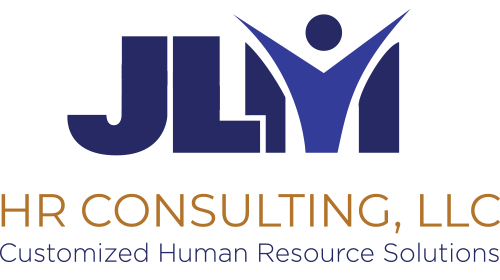Highlights on Hybrid Training
By Alison Porter
It has been over a year since most of the workforce has been to the office. Covid-19 affected our lives in many unique ways we never predicted. Fifty-nine percent of 241 HR leaders indicated managers in their organizations will provide approval to allow employees to work remotely on occasion. Therefore, HR leaders will need to become more creative in supporting employees working remotely, hybrid, on-site or a combination of these options.
Since many organizations are planning for a hybrid workforce, how will employees be trained? HR Morning shares six ways to train your hybrid workforce effectively.
Partner with Community Colleges - This will give employees the ability to manage their own learning experience and give them the opportunity for advancement upwards or cross-departmentally. To implement this continuous education strategy successfully, you will need to identify skills or labor gaps and reach out to local institutions about how to approach coursework.
Stick to One Method - Consider the receiver of the training. Will the entire team be receiving this training or just a few select employees? Based on your conclusion, you will be delivering one of two options:
Asynchronous – Employees have the ability to access learning on their own accord.
Synchronous – All employees receive the training together as a group.
On-demand training -This creative method works well for describing a specific system or approach in greater detail. Trainers can present/teach via video. This option will allow for trainees to watch the video on their own time and access it as many times as needed. It should be placed in your existing resource library for employees to always have access. As an added bonus, you will be able to provide this training to future new hires.
Interactive - It is helpful to make trainings as interactive as possible so that employees can make suggestions, ask questions, and promote conversation. Zoom Meetings is a great option that can be provided to both your employees in the office and at home so that everyone is interacting with each other.
Monitor for Pain Points - Encourage employees to speak up about training issues. This can be accomplished via chat function or incorporating feedback loops, such as pop-up questions and direct messages via email.
Set Goals and Measure Results - Confer with executives to determine company goals. Collaborate with leaders and ask managers what they would like to see employees gain from the training and ask employees what they hope to gain from the training.
Measuring results in a timely manner, dependent on the scope of the goal, will be necessary to determine actions needed and how to move forward to meet and exceed goals.
Company success and employee success go hand in hand. Covid-19 has made companies more competitive, so training and reskilling will be critical to rebuilding company success. In order to support and sustain a continuing rise in success, employees need the accessibility and support of an engaged and responsive employer.
Please reach out to JLM HR Consulting for your hybrid workforce training needs. Visit our website or give us a call at 240-408-5071!
Resources :
6 Effective Ways to Train a Hybrid Workforce
Some Organizations Won’t Track Employee COVID-19 Vaccination Status
